Ashtanga or eight limbs refers to the eight limbs along the yogi’s path, as set out by the Sage Patanjali. Patanjali is ultimately so important to the development of yoga because he standardized the system of Raja yoga, meaning Royal yoga, into a system that is coherent and easy to follow. It’s a system which when followed and practiced correctly will lead to liberation.
The meaning of limbs is such that it refers to an entity that functions as a whole and so each piece of the 8 limbs must function and in the correct order to ensure a whole entity reaches liberation. A step cannot be missed or skipped. It is a harmonious system and when fully functional leads to the ultimate freedom.
First, you must understand the exact meaning of each step. And remember, that each step must be followed by the next, there is a sequence for inner and outer growth set down. These are the steps on the limbs of the body of yoga.
Having said that, it is easy to set down the steps and to know them well, but less so to apply them fully, always and in totality.
Second you must review and reflect upon the eight limbs in relation to your actions and the third is to remind yourself not to stray from the path.
Remember that it is a journey that is life long and there will be times that are easy and times where we are challenged, progress may not be linear. But, stay true to the path and understand the meaning of true liberation.
So, let’s get to know the eight limbs, what they mean and how to apply them.
The Yamas & Niyamas
The mind and body are mirrors to each other, they are in total connection. Modern science now has the understanding that most diseases are nothing but a physical manifestation of the disturbances on the mental and emotional planes.
The Yogis knew this centuries before. And in order to achieve a balanced state of mind, the observance of yamas and niyamas is necessary.
If the mind is disturbed, the resulting physical disturbances can’t be combated, that’s why it is essential to practice the yamas and niyamas.
1. Yama
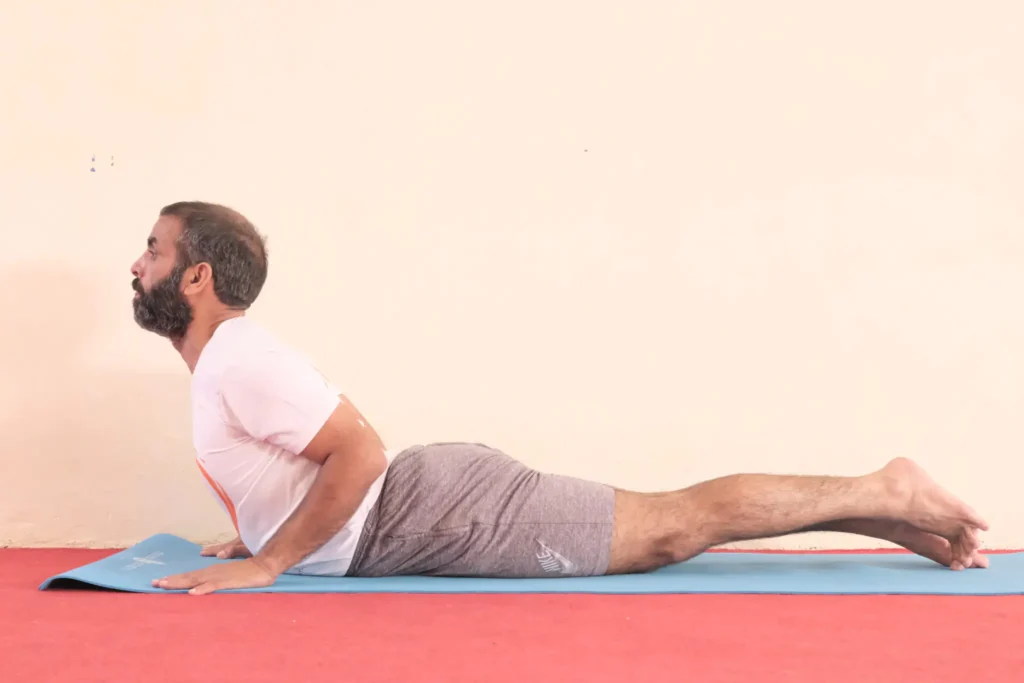
Yamas are the 5 restraints, moral codes or a set of universal commandments a practitioner should follow relating to the outside world. Yama means control and not suppression and so they relate to creating more awareness and thus more control regarding actions and behaviors within society.
They should be followed with action, word and thought.
Ahimsa
Ahimsa is the principle of non-violence. It means more than non-killing. More profoundly ahimsa means total restraint from causing pain or harm in any circumstance to any sentient being, either by thought, word or action.
Satya
Satya is truthfulness or speaking the truth. It goes deeper than just telling the truth. Not only should the words be truthful but the actions and thoughts should also follow. However, it is not always desirable to speak the truth as it may cause harm. So, one must consider every aspect of what we do and say. Satya should not conflict with the first Yama Ahimsa.
Brahmacharya
Brahmacarya means to walk in Brahman. One becomes aware of Brahma alone and in that state is free from all sensual desires. Sexual desire is considered the most powerful and most destructive of all sensual desires. Therefore, Brahmacarya is often understood as celibacy. It is important not to confuse this with repression of sexual urges, as repression can lead to a frustrated and unbalanced state of mind. Brahmacarya means freedom from sexual craving and leads to a bliss far greater than sensual pleasure.
Asteya
Asteya is non-stealing. It includes abstaining from misappropriation, bribery or any other form of taking what is not yours. The desire to have what another owns can be strong, but taking from another only deepens the feeling of inadequacy. Cultivating Asteya counteracts this leading to a feeling of completeness and freedom from negative spirals. for the other Yamas, much self-analysis will be necessary to catch the subtle lower tendencies of our mind.
Aparigraha
Aparigraha is non-possessiveness. It means being content with what you need and not desiring unnecessary and luxury items. It does not mean denying all material possessions. But sheds light on the problem when one becomes attached or addicted to hording material objects.
Note that aparigraha includes the notion of not accepting gifts that would bind us to the giver.
2. Niyama
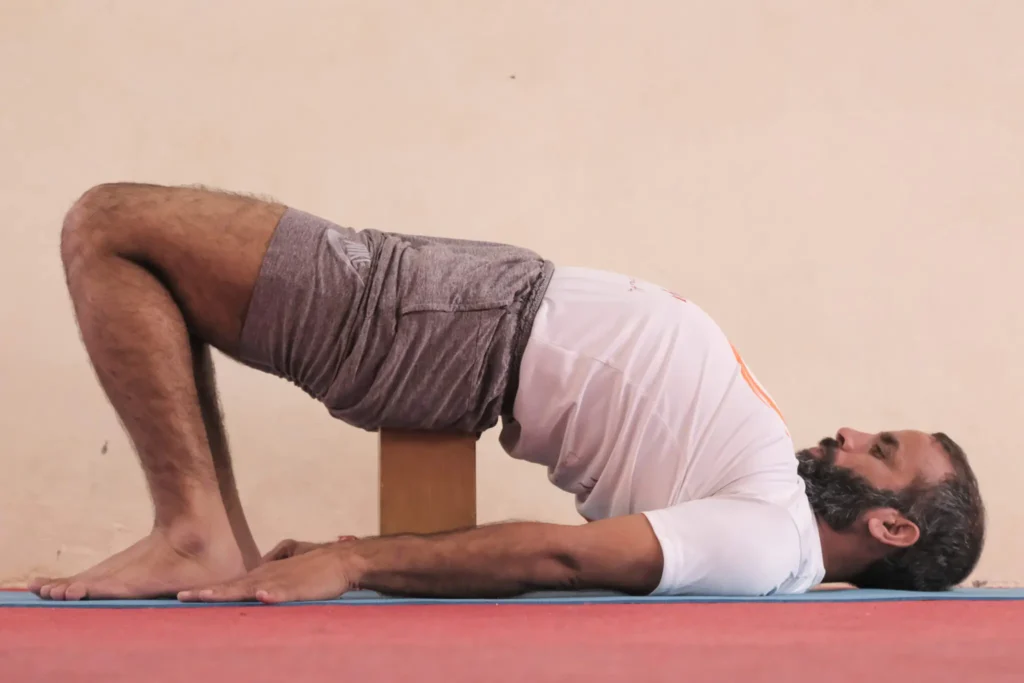
Saucha
Saucha means purity. The most subtle form of this Niyama is purity of thought and feeling. But it also refers to the cleanliness of the physical body. In Hatha Yoga this includes the practice of Kriya or cleansing. A yogi should apply this to their surroundings as well.
Santosha
Santosha is contentment. Finding contentment in every situation in life. Life will never be perfect and Santosha brings recognition to the fact. That does not mean proper effort should not be applied to improving our collective environment and life situation. But we must be content to do the best with what we have, this brings true serenity.
Tapas
Tapas is austerity. It does mean applying discipline but it does not mean excessive austerity. It is closer to simplicity. Being simple and living from a place of authenticity feeds inner growth. Doing things for this reason and not to seek approval or to show off. Doing daily Yoga Sadhana is a way of putting in place great Tapas.
Swadhyaya
Swadhyaya means study of the Self. Understanding the self, the mind and the body will give a better picture if the true self. Swadhyaya also means the study of the yogic scriptures but it also includes Japa (mantra repetition). There are many Yoga or spiritual books that can be studied. The Upanishads, the Bhagavad Gita and the Brahma Sutras. For Raja Yogi it is Yoga Sutras. There are also many other scriptures such as the Puranas, the Ramayana, the Mahabharata, etc.
Ishwarapranidhana
Ishwarapranidhana is complete surrender to God. It is the final stage of Niyama where all ethical and moral precepts of yoga end. At this state a Yogi must surrender in totality in every thought and action to the Divine.
3. Asana
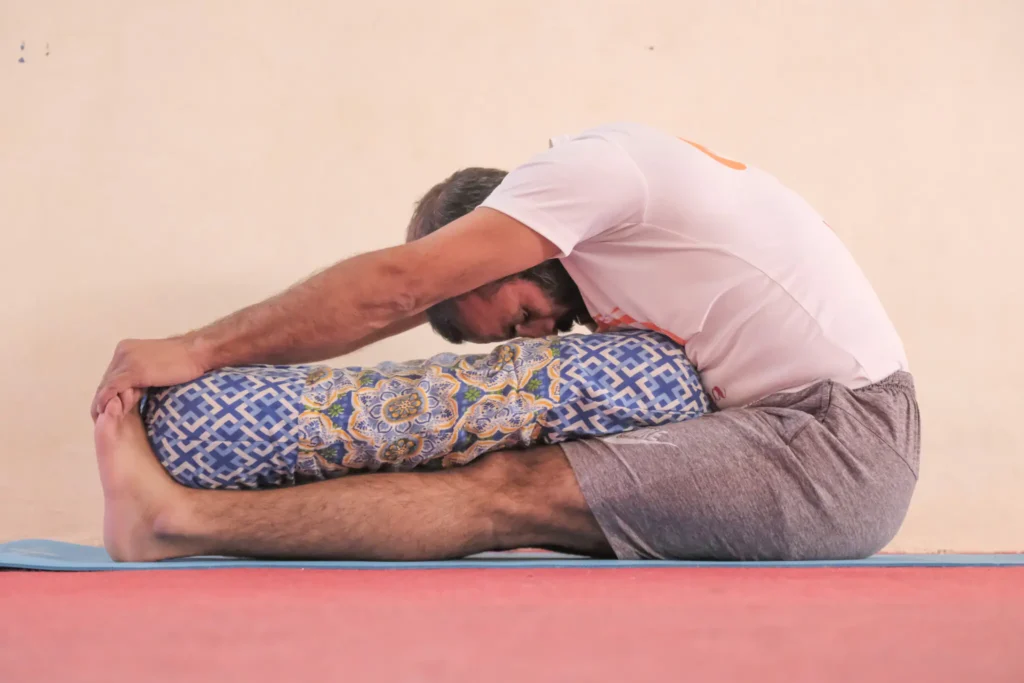
Asana means comfortable seat or steady pose. Patanjali’s Yoga Sutra 2.46 states, ‘sthira sukham asanam’, which means Asana should be a steady and comfortable posture.
The objective of raja yoga is to still the mind. To achieve this the body must be understood and connected with first. Then it can be controlled. The body and mind are intimately connected and one is a mirror to the other. The practice of Asana heightens one’s awareness and prepares one for one-pointedness which is essential for Dharana (concentration) and later meditation.
4. Pranayama
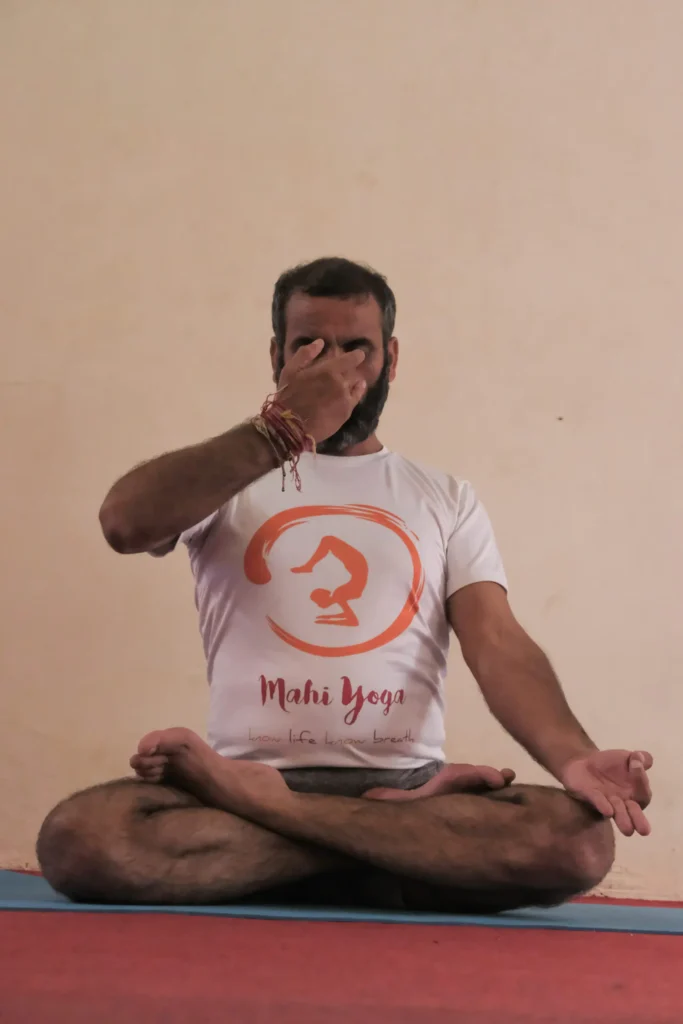
Young girl doing nostril breathing exercise or pranayama yoga with closed eyes at park – concept of self care, mindfulness and active morning routine
Pranayama can be translated as control of Prana. Prana is subtle or vital energy. It is subtler than air. It is the universal life force that is essence of the cosmos. When a practitioner can control Prana, they can control the mind.
Patanjali’s Yoga Sutra 2.49 states, ‘tasmin sati svasa prasvasayoh gativicchedah pranayamah’ which defines Pranayama as the regulation of in-breath and out-breath with retention. It is important to note that Patanjali expressly advises the practitioner to practice Pranayama only after attaining perfection in Asana. The breath is our life. It is very important to know this. The practice of Pranayama prepares the mind for Pratyahara.
Yogic breathing exercises are called Pranayama’s, when practicing pranayama, the breath is refined; the vital energy is distilled from the air, and is distributed and stored within the body.
The Prana unites with the atman (individual soul) or inner universe in the form of breath. In exhalation the mind is subdued as the outgoing breath flows back into the external universe.
Normal breathing is a natural automatic process. The air enters the lungs and is later expelled by the expansion and contraction of the diaphragm. The volume and quality of the breath depend on the physical and emotional state of the individual.
This is different than Pranayama: Pranayama involves the conscious control of volume, length, flow, and quality of breath. The rib cage is consciously expanded and the lungs fill and empty consciously. Mastering the control of the diaphragm is key to calming the mind and emotion.
5. Pratyahara
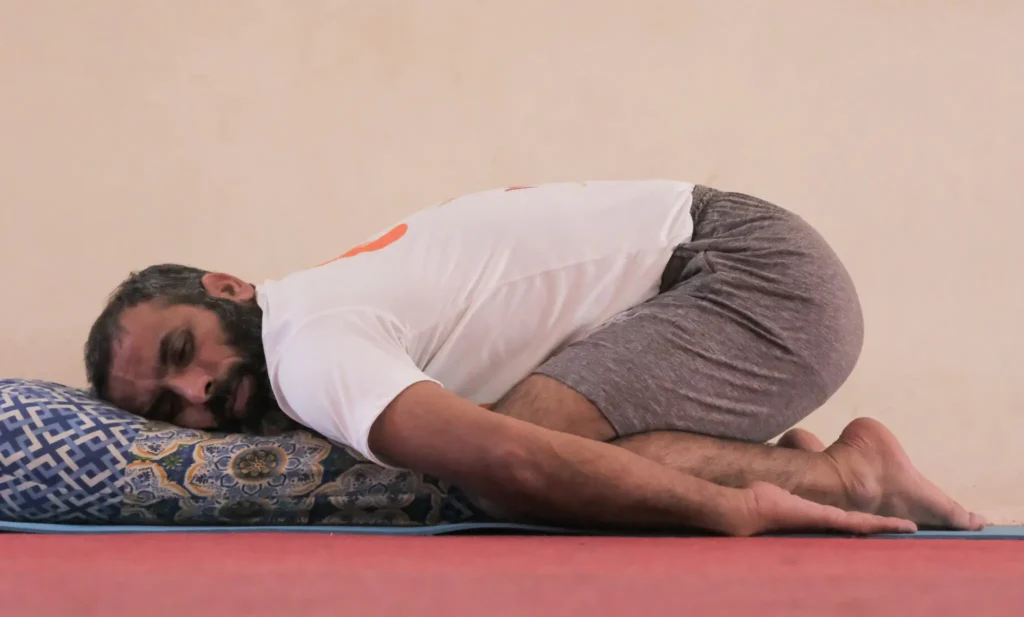
Pratyahara means withdrawal of the senses. Specifically drawing the senses inward towards the source or the true self.
The human tendency is to be drawn externally to the outer objects of the world. In doing so they distract the mind and create powerful disturbance.
The five sense organs and their functions are as follows:
- The eyes like to see
- The nose likes to smell
- The tongue likes to taste
- The ears like to hear melodious sounds
- The skin likes tender touch
Though these are the blessings for fully living life, they bring with them vices which are called SEX, ANGER, GREED, ILLUSION, PRIDE and JEALOUSY. Since the organs are the centers of perception and sensation, having control over the organs keeps the mind free from all these unnecessary disturbances.
6. Dharana
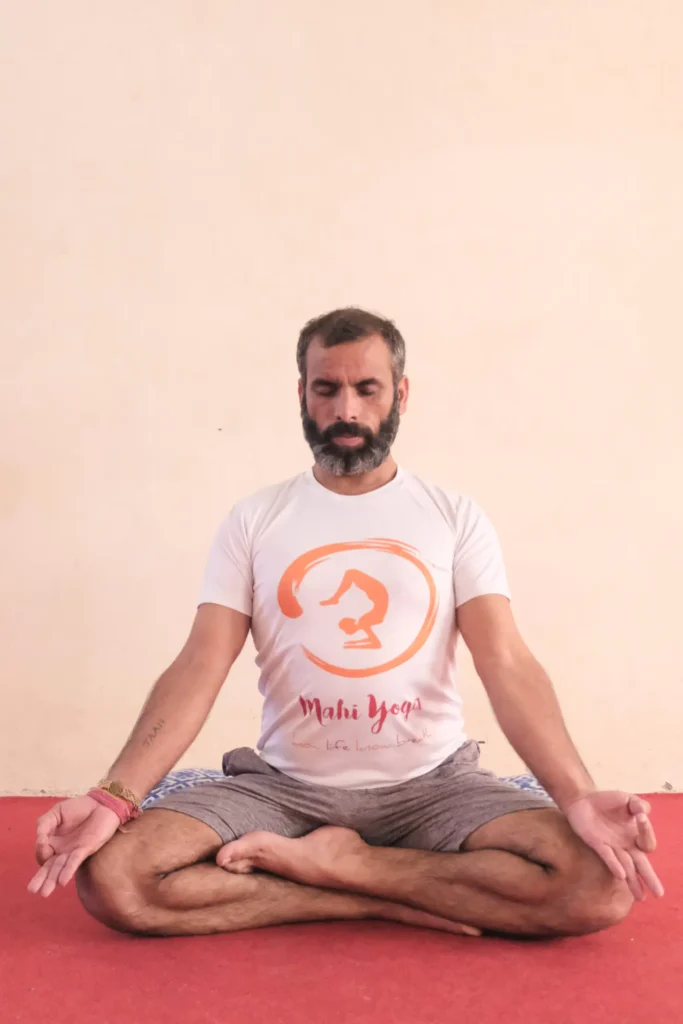
Dharana is one-pointed concentration. Patanjali’s Yoga Sutra 3.1 states that Dharana is the stage of concentration whereby one gathers the scattered mind in one place and gets it to concentrate on a certain object. In this state the practitioner is fully focused on the object of concentration. When this state is reached and held it leads to Dhyana the next limb.
According to Yoga Shasta, sixteen places in the human body which are suitable for concentration have been identified. This is known as “SHORHOSH BANDHA ADHAR” as described in the third chapter of the Hatha Yoga Pradipika.
They are:
- Padangustha (Big Toes)
- Padagulpha (Heels)
- Gujjhadesh (Anus)
- Lingamul (Genital organs)
- Navimandal (Naval)
- Hridaya (Heart)
- Kanthakup (Throat cavity)
- Jehwagra (Tip of the tongue)
- Dantadhar (Teeth)
- Talumul (Root of the palate)
- Nasagra (Tip of the nose)
- Bhrumadhya (Middle point of the eye brows)
- Netradhar (Eyes)
- Lalat (Forehead)
- Murdhna (Medulla Oblongata)
- Sahashrara (seat of the soul)
7. Dhyana
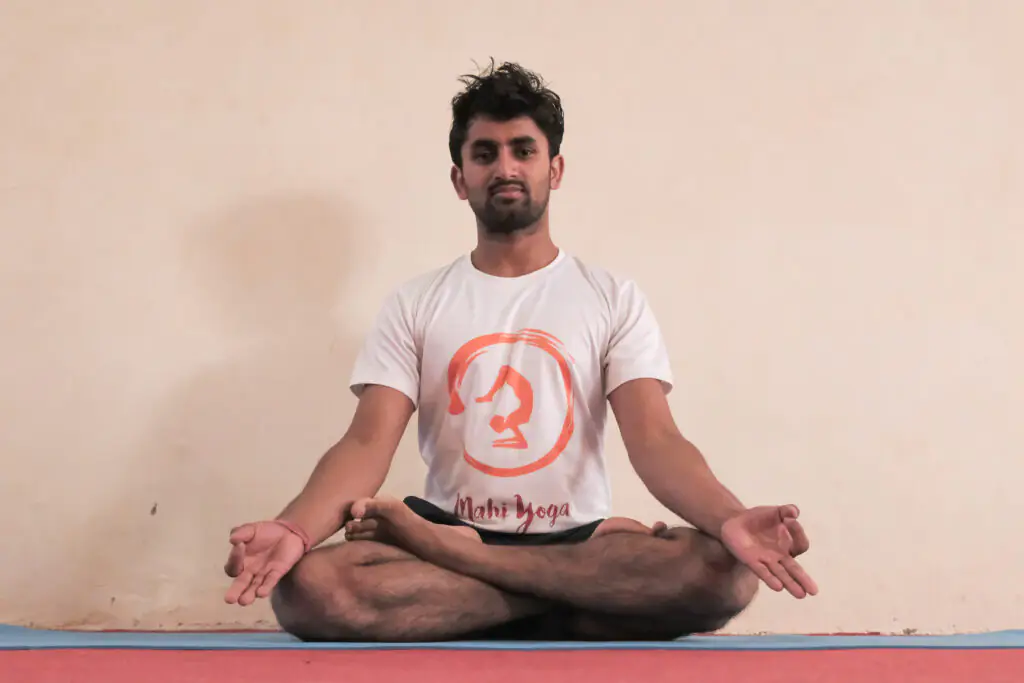
Dhyana is meditation.
Sage Patanjali says that it is the concentration on higher aspects of reality.
The root of the word ‘meditation’ is like that of medical or medicine. The root of all these words implies the sense of ‘paying attention to’ something.
In meditation, you pay attention to the subtle dimensions of yourself which are mostly unknown. These innermost levels are more insightful than the processes of thinking, daydreaming, or experiencing emotions and memories. Meditation requires an inner attention that is subtle, unengaging but aware at the same time. There is nothing tiring or difficult about creating this state of attention. It is in fact rejuvenating and completely restful to the mind.
When maintained long enough this state of meditation will lead to the final limb of Patanjali’s Ashtanga Yoga which is Samadhi, full self-realization.
The difference between Dharana and Dhyana:
- Dharana is the state of complete focus on an object for example a flame of a candle.
- Dhyana is the ability to merge with the object on which you are concentrating. Someone who has achieved this state of meditation would see no barrier between the object and themselves. They may say they have merged with the flame of the candle.
8. Samadhi
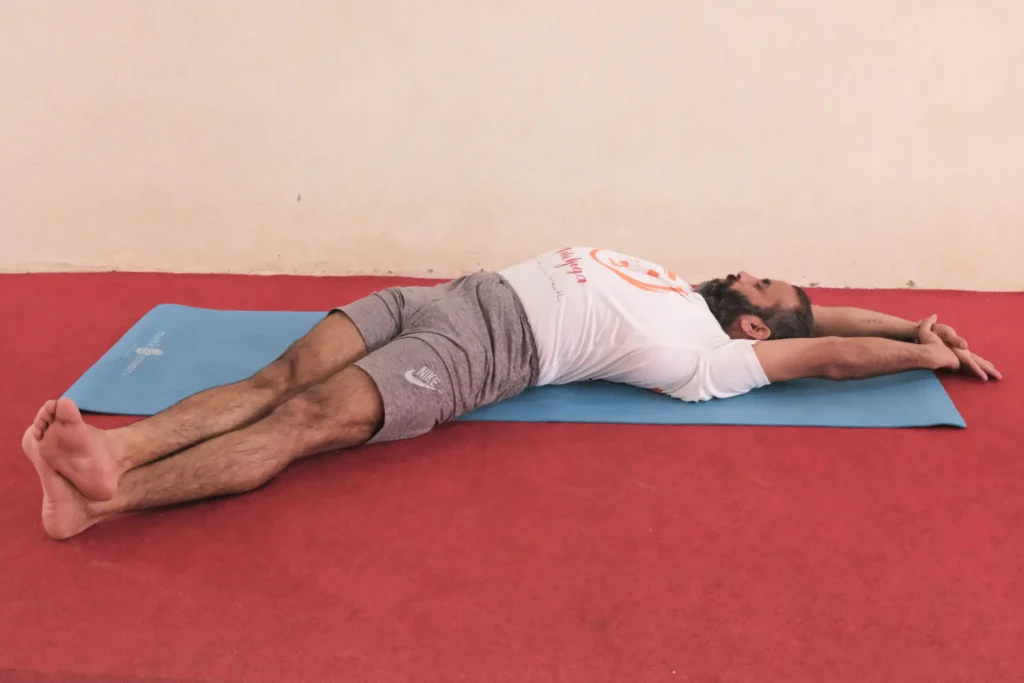
Samadhi is the state of Self-realization or superconscious.
Samadhi comes from the Sanskrit word samadhan which has various meanings such as united, complete oneness etc.
Patanjali’s Yoga Sutra 3.3 defines Samadhi as the stage whereby the object of meditation becomes the subject and self-awareness is lost.
This is the ultimate and final stage of Patanjali’s Ashtanga Yoga. It is the culmination of successfully integrating with the ethics, practice and conscious living that are proscribed for the aspiring Yogi. This state is rarely attained.
The first five limbs are known as the sadhana or disciplines of Yoga. They are to be given maximum attention and effort and in turn still the mind and senses so that the Yogi can prepare for the last 3 Limbs classed as attainments of Yoga or heightened states of consciousness dharana, dhyana, and Samadhi.
Samadhi is the state of Joy, truth and bliss, uniting the individual and super conscious, a union between Jivatman and Paramatman (mind & soul), a union of Shiva and Shakti in the Sahasrara Chakra (Crown Chakra). Realizing the Brahman (pure consciousness) or the realization of God is the ultimate achievement of Human Birth.
The Yogi has completed the involutionary journey towards the source and substratum of creation and is liberated.
There you have the eight limbs set out in the order of the path. Think on these steps, how they relate to your own life path in the past, and observe how in each situation you encounter, in the present, if you are able to apply them. It may not always be clear what course of action is the best, but hold these steps at the center of all you do and over time it will become your nature to respond accordingly. Wishing you the best of luck on your path! To understand more about yoga philosophy, join us at Mahi Yoga school.
